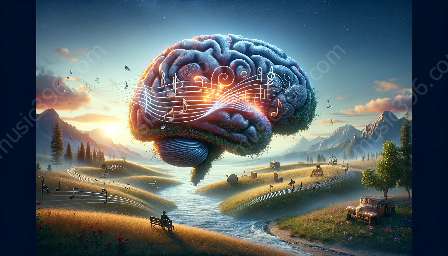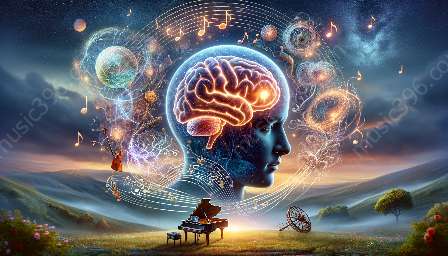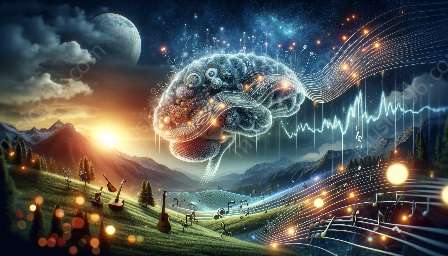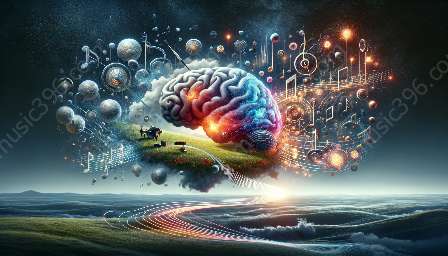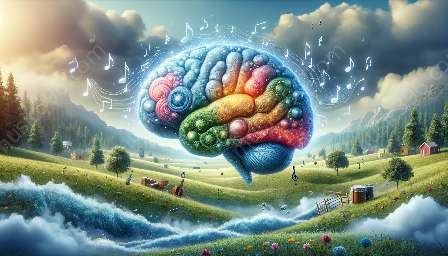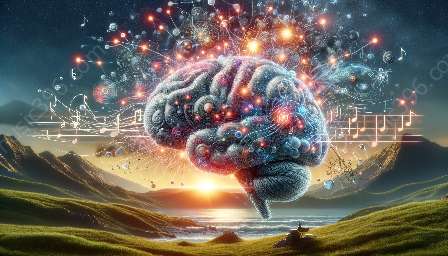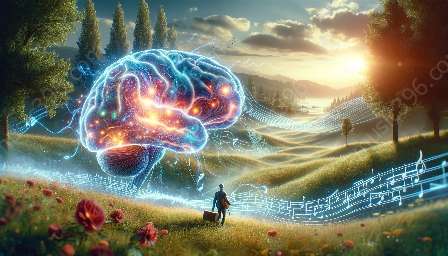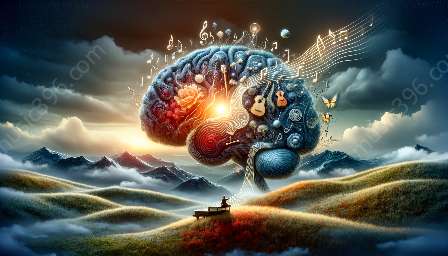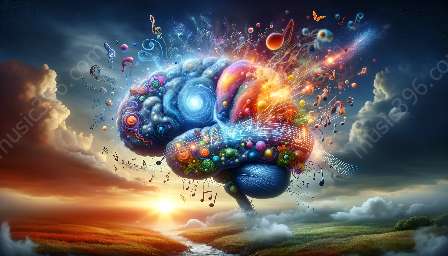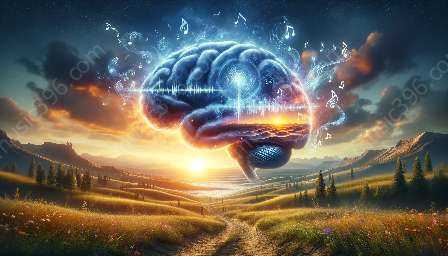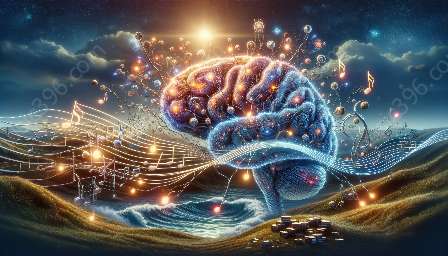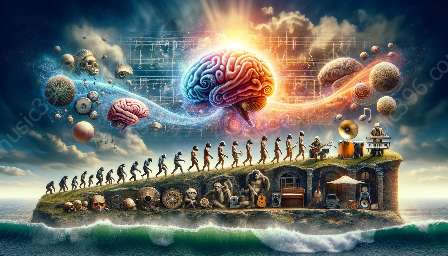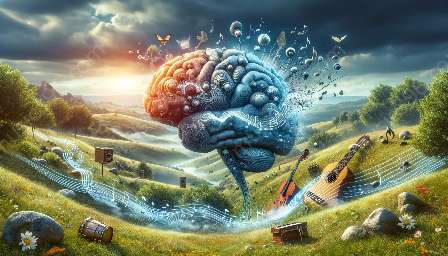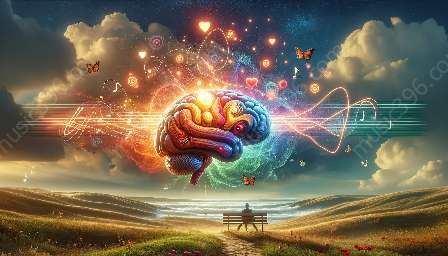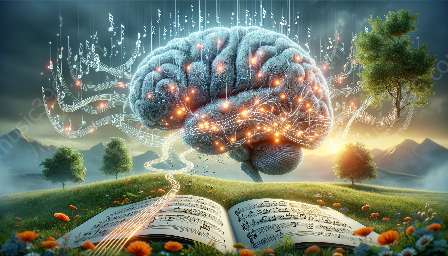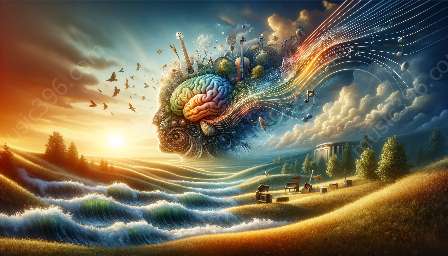Music has been a part of human culture and society for thousands of years, and its influence on our emotions and well-being is well-documented. In recent years, researchers have delved into the connection between music, particularly different genres of music, and its potential impact on pain relief. This exploration at the intersection of music and pain management, combined with the study of music's effects on the brain, has yielded fascinating insights.
Understanding Music's Impact on Pain
Several studies have suggested that music has the potential to alleviate pain and reduce anxiety in various clinical settings. The influence of music on pain relief is attributed to its ability to stimulate emotional and physiological responses in the human body. Music has been found to activate the reward centers in the brain, leading to the release of endorphins, which are the body's natural painkillers.
Moreover, the rhythmic and repetitive elements of music have been shown to synchronize brainwave activity, inducing a state of relaxation and potentially lowering perceived pain levels. When considering the influence of music genres on pain relief, the diversity of musical styles and their impact on individual preferences and emotions becomes a crucial factor to explore.
Music and the Brain
Advancements in neuroscience have allowed researchers to investigate how the brain processes music and its subsequent effects on various physiological and psychological functions. Neuroimaging studies have revealed that different musical genres can lead to distinct patterns of brain activation and connectivity, with potential implications for pain management.
For example, listening to classical music has been associated with increased activity in brain regions involved in attention, memory, and emotional processing. This heightened brain activation may contribute to a distraction effect, where the perception of pain is minimized or temporarily overshadowed by the musical stimuli.
In contrast, certain genres of music with faster tempo and rhythmic complexity, such as metal or rock, have been found to trigger the release of adrenaline and cortisol, which are associated with the body's stress response. While this may seem contradictory to pain relief, the heightened physiological arousal induced by these genres could potentially override pain signals in some individuals, leading to a temporary reduction in pain perception.
The Influence of Genres in Music on Pain Relief
When examining the influence of genres in music on pain relief, it is essential to consider the individual variability in music preferences and the emotional responses elicited by different genres. For instance, individuals who have a strong affinity for jazz or blues music may experience a sense of emotional resonance and catharsis when listening to these genres, potentially leading to a reduction in perceived pain levels.
Conversely, individuals who prefer ambient or instrumental music characterized by soothing melodies and minimal vocal content may benefit from a relaxation response, contributing to pain relief through lowered arousal and increased comfort.
Additionally, cultural and personal associations with specific genres can play a significant role in their pain-relieving potential. For example, individuals with a strong connection to certain genres due to upbringing or past experiences may find a sense of comfort and familiarity, which in turn can positively influence their pain perception.
Implications for Pain Management
The evolving understanding of the influence of music genres on pain relief has direct implications for pain management strategies in clinical and non-clinical settings. By incorporating personalized music interventions that align with individuals' genre preferences and emotional responses, healthcare providers can potentially enhance the efficacy of pain management approaches.
Furthermore, leveraging the diverse effects of different musical genres, such as using emotionally engaging music for distraction or calming music for relaxation, can offer a holistic and individualized approach to pain relief.
In non-clinical contexts, such as at-home pain management or wellness-centered environments, the incorporation of diverse musical genres tailored to individual preferences can contribute to a comprehensive approach to pain relief and overall well-being.
Conclusion
The influence of music genres on pain relief represents a captivating intersection of music, neuroscience, and healthcare. Through an in-depth exploration of the emotional, physiological, and cognitive responses evoked by different genres of music, researchers continue to unravel the potential for personalized and effective pain management approaches rooted in the harmonious healing power of music.



